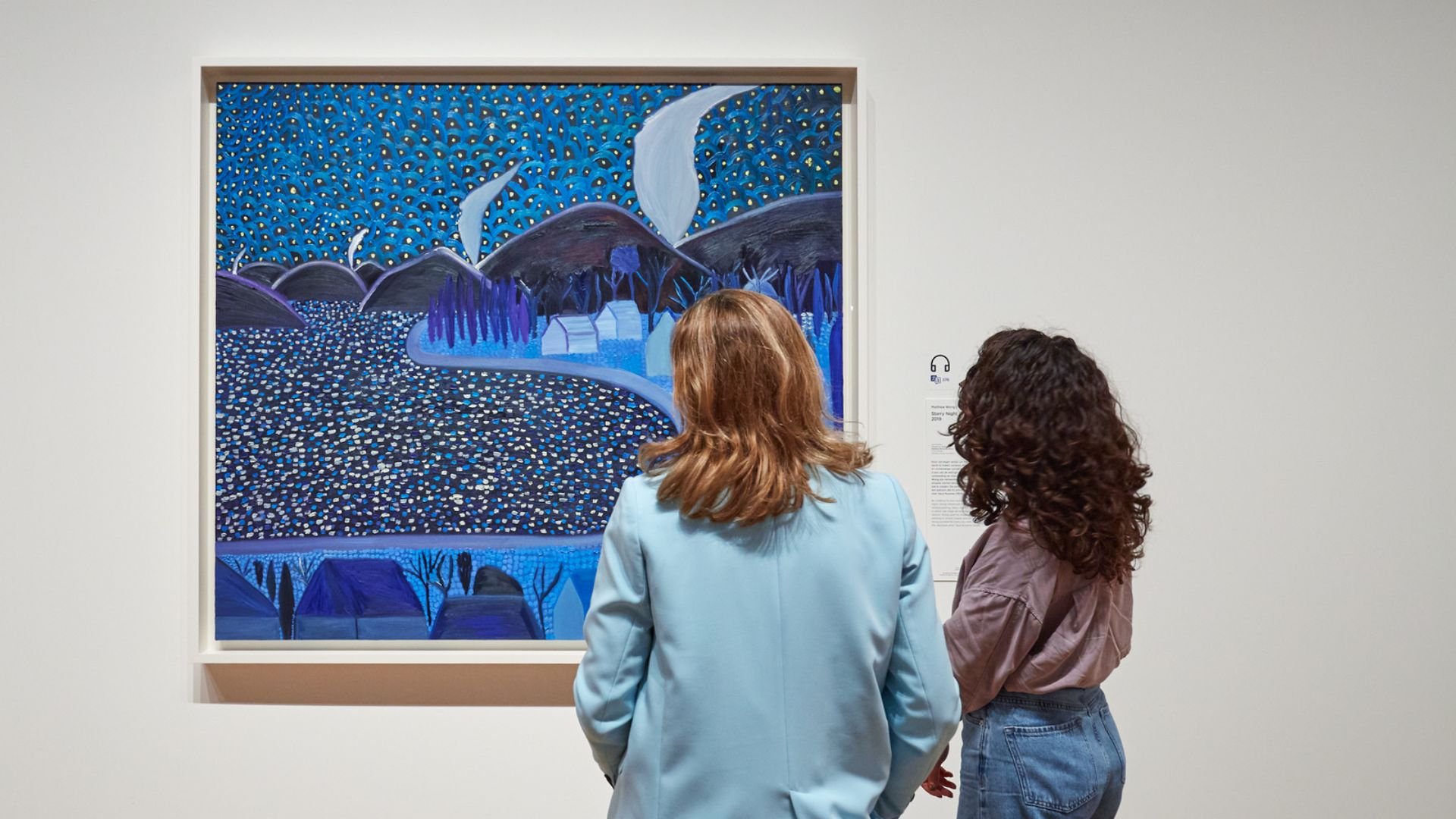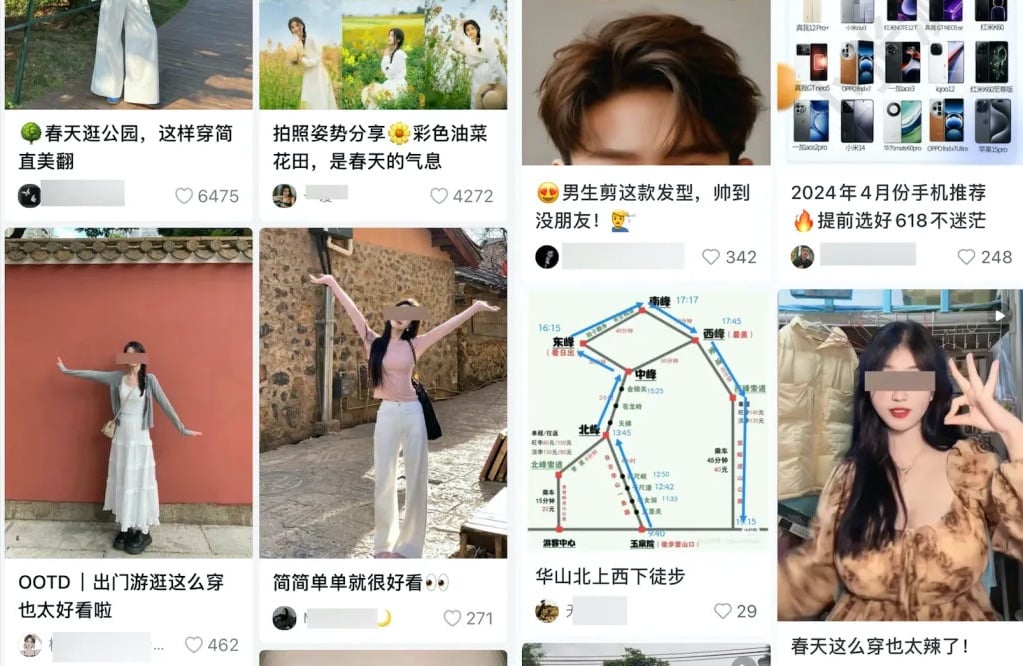On January 14 last year, we lost Chinese linguist and economist Zhou Youguang, who passed away one day after his 111th birthday. An accomplished scholar in a number of fields, Zhou is best known for developing Pinyin, the Mandarin romanization system that predominates today. After three years of full-time development, Pinyin was made China’s official romanization system in 1958. According to an Economist article from last year:
People joked that Mr Zhou’s team had taken three years to deal with just 26 letters. But pinyin dealt neatly with all of the sounds of Mandarin with a minimum of tricky typography: even q and x were used (for what had been ch’ and hs in Wade-Giles). These letters do not always sound the same as they do in Western languages, but pinyin overall was a hit, credited plausibly with a huge boost in literacy in China.
Today, Google is celebrating the inventor and his invention with an original Zhou Youguang doodle, which features the Chinese characters for Google’s name (谷歌) on flash cards that flip to reveal the Pinyin spelling (Gŭ Gē):

Doodle Team Lead (hell of a job title) Jessica Yu says:
So today’s doodle in countries including Argentina, Chile, Indonesia, Japan, New Zealand, Singapore, Sweden and the U.S. celebrates Zhou’s 112th birthday. Zhou passed away at the ripe old age of 111 last year. He lived long enough to see people using pinyin to type Mandarin characters on computers and mobile phones. By inventing pinyin, Zhou didn’t just help generations of students learn Mandarin. He also paved the way for a new generation of Mandarin speakers to communicate online.
See the full post on Google’s blog.




















